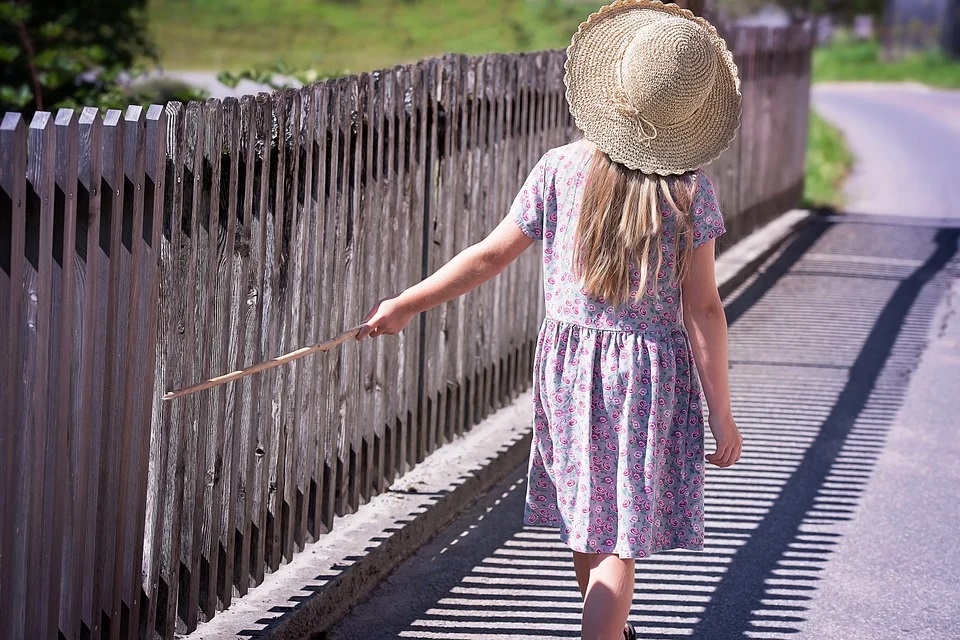When choosing baby formula for your baby, the first thing you should pay attention to is the product’s composition, especially ingredients to avoid in it. Many parents prefer organic formula as a source of clean ingredients in a baby’s diet.

What ingredients should not be in the organic formula?
1. Sugar in baby formula
Sugar is a hazardous product for babies and toddlers. It was found that sugar causes children to be deficient in B vitamins, which are extremely important for babies’ digestion and their growing bodies.
2. Soy
There are debates about the benefits and harms of soy in baby formula. But one thing is clear: baby food should not contain genetically modified soy!
Natural soy can be used in a baby’s diet only as a therapeutic measure and prescribed by the pediatrician.
3. Palm Oil
Unfortunately, palm oil is prevalent in baby food production, mainly because it contains palmitic acid found in mother’s milk. At the same time, the palmitic acid molecule of breast milk is structurally different from that of palm oil. This acid in palm oil binds with calcium, making it insoluble soap in the baby’s stomach, which is quite dangerous, leading to colic and constipation.
4. Gluten
Many moms, of course, know that baby food should never contain gluten. What is wrong with this plant protein, which is found in most grains? This substance is basically poorly broken down in the body of some children, which can provoke the development of Celiac disease.
5. Phytin
Phytin is a very unnecessary substance for babies – substances that interfere with the absorption of calcium, salts, and vitamin D. The problem is that phytin contains phosphorus. This substance binds calcium salts, not allowing them to be absorbed.
Holle is a world-famous Swiss manufacturer of organic and Demeter certified baby food. Holle Bio formula does not contain genetically modified ingredients, sugar, flavorings, colorings, or preservatives. This formula is divided into stages depending on the baby’s age and nutritional needs.
Holle stage Pre is suitable for babies from birth;
Holle formula stage 1 – from 0 to 6 months;
Holle stage 2 – from 6 to 12 months;
Holle formula stage 3 – from 12 months of age.



